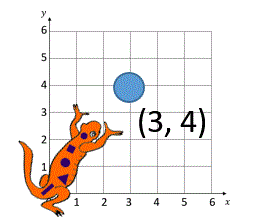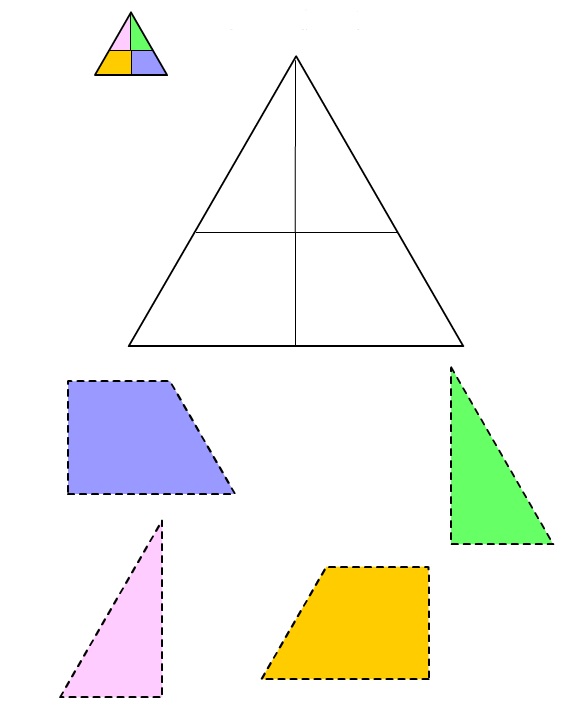
Quadrant 1 should not include ANY CONTENT as that will come later when the information is delivered in Quadrant 2. Quadrant 1 is about the group's personal perceptions, prior experience, values. To assess how well you might be doing with Quadrant 1, we invite you to download our Quadrant 1 Checker. Now look at Quadrant Two of 4MAT. The axes of a two-dimensional Cartesian system divide the plane into four infinite regions, called quadrants, each bounded by two half-axes. These are often numbered from 1st to 4th and denoted by Roman numerals: I (where the signs of the (x; y) coordinates are I (+; +), II (−; +), III (−; −), and IV (+; −).When the axes are drawn according to the mathematical custom, the numbering. Use of calculator to Find the Quadrant of an Angle 1 - Enter the angle: in Degrees top input. Example 1250 in Radians second input as a fraction of π: Example 27/5 π or 1.2 π then press the button 'Find Quadrant' on the same row. If you enter a quadrantal angle, the axis is displayed. Example 'negative y axis'. #replacement shower door seal, # shower door seal, # shower door seals, # replacement shower screen seal, # shower screen seals, # shower seal, # shower seals, # replacement shower seals, # universal shower door seals, # magnetic door seal, # magnetic door seals, # magnetic shower strips, # quadrant shower door seals, # shower seal with drip rail, # 6mm glass. How many degrees are in 1 quadrant? The answer is: 1 1/4 rev equals 90.00 ° 90.00 ° is converted to 1 of what? The degrees unit number 90.00 ° converts to 1 1/4 rev, one quadrant. It is the EQUAL angle value of 1 quadrant but in the degrees angle unit alternative.
Which quadrant does (1, 1) lie?

Quadrant 1 should not include ANY CONTENT as that will come later when the information is delivered in Quadrant 2. Quadrant 1 is about the group's personal perceptions, prior experience, values. To assess how well you might be doing with Quadrant 1, we invite you to download our Quadrant 1 Checker. Now look at Quadrant Two of 4MAT. The axes of a two-dimensional Cartesian system divide the plane into four infinite regions, called quadrants, each bounded by two half-axes. These are often numbered from 1st to 4th and denoted by Roman numerals: I (where the signs of the (x; y) coordinates are I (+; +), II (−; +), III (−; −), and IV (+; −).When the axes are drawn according to the mathematical custom, the numbering. Use of calculator to Find the Quadrant of an Angle 1 - Enter the angle: in Degrees top input. Example 1250 in Radians second input as a fraction of π: Example 27/5 π or 1.2 π then press the button 'Find Quadrant' on the same row. If you enter a quadrantal angle, the axis is displayed. Example 'negative y axis'. #replacement shower door seal, # shower door seal, # shower door seals, # replacement shower screen seal, # shower screen seals, # shower seal, # shower seals, # replacement shower seals, # universal shower door seals, # magnetic door seal, # magnetic door seals, # magnetic shower strips, # quadrant shower door seals, # shower seal with drip rail, # 6mm glass. How many degrees are in 1 quadrant? The answer is: 1 1/4 rev equals 90.00 ° 90.00 ° is converted to 1 of what? The degrees unit number 90.00 ° converts to 1 1/4 rev, one quadrant. It is the EQUAL angle value of 1 quadrant but in the degrees angle unit alternative.
Which quadrant does (1, 1) lie?
1 Answer
Explanation:
The best way to remember what quadrant a set belongs to is to know the positive and negative axes. This is applicable to all sets of integers.
Let (x,y) be our guide. We all know that in a set, the first number is the value of x (horizontal axis) while the second number is the value of y (vertical axis).
For the horizontal axis: to the right: POSITIVE; to the left: NEGATIVE
Ia writer 5 4 4 x 8. For the vertical axis: upward: POSITIVE; downward: NEGATIVE
Now, here are the signs for each quadrant. ALWAYS.
Lab 1.4.1.1
Quadranto 1 4 12
Quadrant I : both x and y are positive(+x, +y)
Quadrant II : x is negative, y is positive(-x, +y)
Quadrant III : both x and y are negative(-x, -y)
Quadrant IV : x is positive, y is negative(+x, -y)
Related topic
Related questions
|